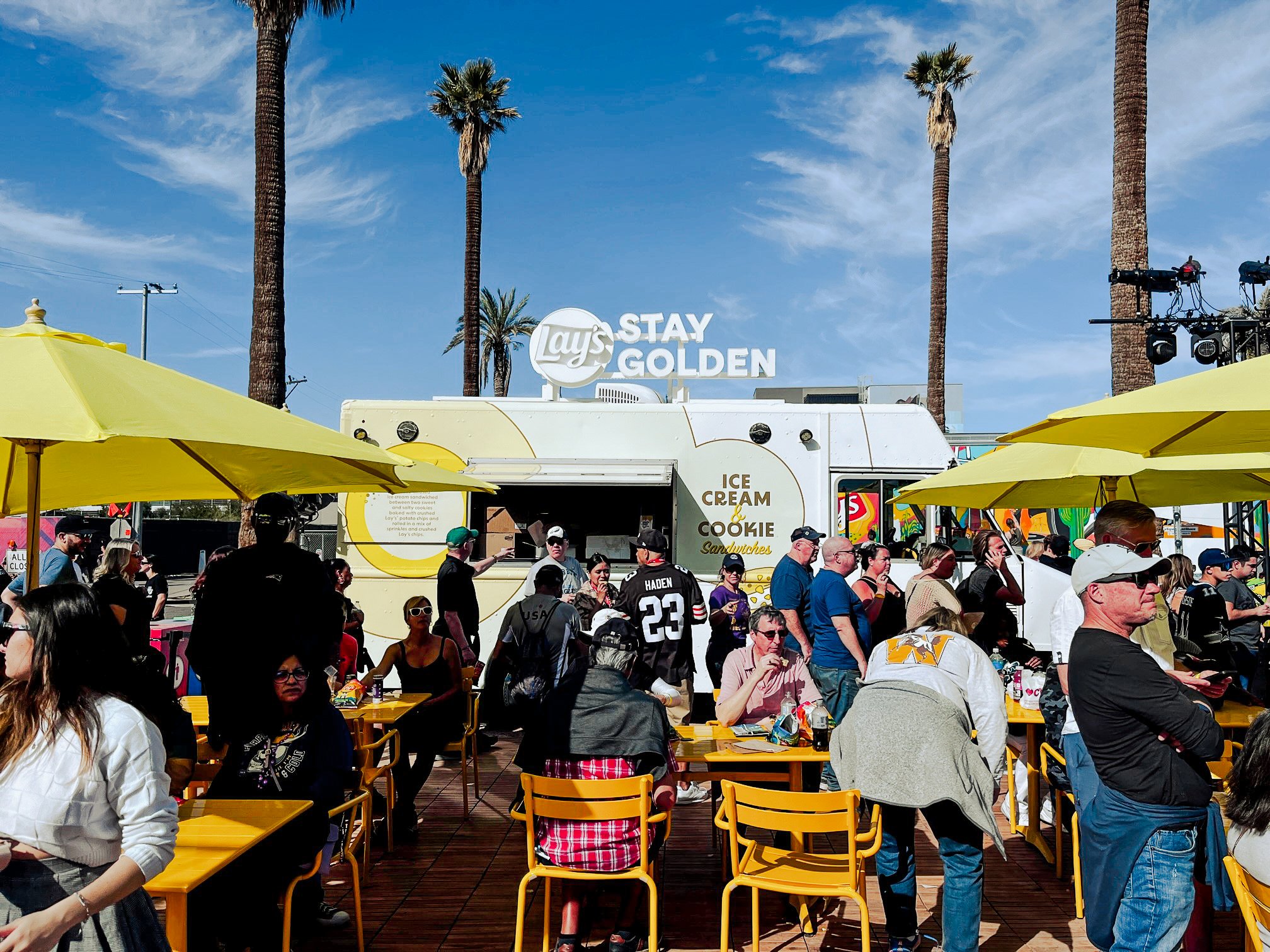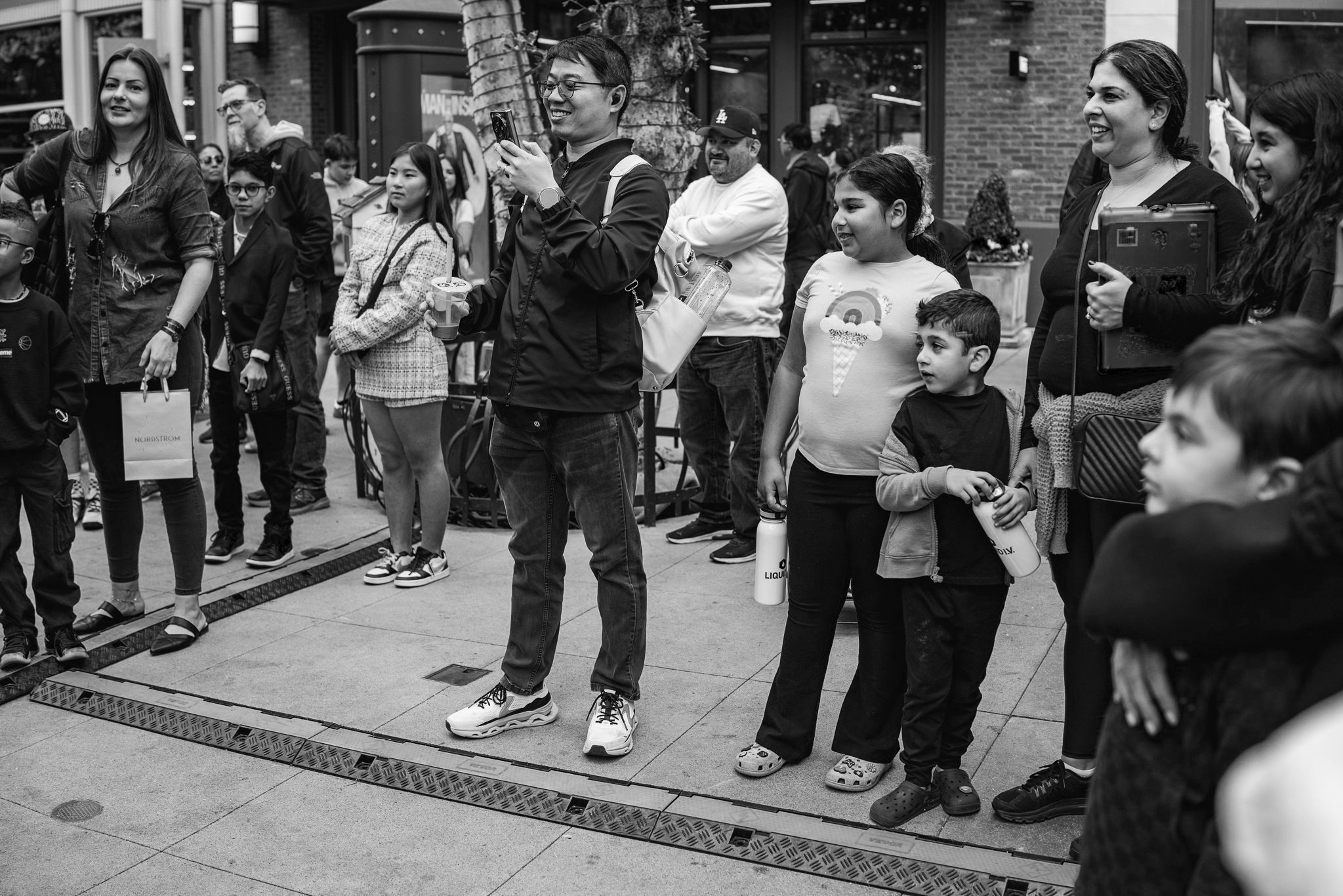Unlocking Success: Location Analytics for Brand Tours
Brands are finding new ways to connect with their audience. One popular method is the multi-city brand tour. These tours let companies create fun experiences for people in different places. But how can we measure if these tours are successful? That's where location analytics comes in!
Location analytics helps brands understand how people move and interact at their events. It collects and analyzes data about where people go and what they do. This information is really useful for making brand tours better and more effective in different cities.
Key Takeaways
- Location analytics gives important insights to improve brand tour strategies
- Key measurements include foot traffic, engagement rates, social media mentions, and sales increase
- Real-time data allows for quick changes to make tours better
- Personalized experiences can be created based on location-specific audience information
- Future trends point towards using VR, AI, and AR in brand tours

Why Location Analytics Matters for Brand Tours
Location analytics is really helpful for brand tours. It offers many benefits that can make these events more successful. Here's why it's becoming so important for modern marketing:
It helps plan the best route for your tour by providing information about good locations, who lives there, and what's popular. You can find your biggest fans by looking at data about who likes your brand in different areas. It shows how people move around your events, so you can set things up in the best way. You can make quick decisions to improve your tour while it's happening, based on live information. It lets you measure how well the tour is doing by tracking how many people come, how long they stay, and if they buy things.
With location analytics, brands can make tours that are more fun, popular, and match their marketing goals. It's like having a smart map that helps you get more people involved, use your resources wisely, and create amazing brand experiences for each unique place and group of people.
Key Success Metrics for Multi-City Brand Tours
When checking how well brand tours are doing, we look at special measurements that show the tour's impact and effectiveness. These key performance indicators (KPIs) give valuable insights into different parts of the tour, from how people interact to what they think about the brand. Let's look at some of the most important measurements:
1. Foot Traffic and Engagement Rates
This measurement is key to understanding how many people come to your brand tour and what they do there. It looks at:
- Total visitor count: How many people came to the event
- Peak hours: When the event is busiest
- Average dwell time: How long people stay, which shows if they're interested
- Heat maps: Pictures showing where people gather most
For example, if 1,000 people visit your event and stay for about 30 minutes, that's good. But if some areas always have few people, you might need to change what's there.
2. Social Media Mentions and Hashtag Usage
In our digital world, how much people talk about your tour online is just as important as how many people show up. This measurement helps see how popular your tour is online and if people are creating content about it. Things to watch include:
How often people use your special hashtags on different social media sites. What people are saying about your tour online - is it good or bad? If important social media influencers are talking about your tour. What kind of content (photos, videos, stories) people like to share most about your tour.
3. Sales Lift and Conversion Rates
This measurement directly connects your brand tour to how it affects your business. It's about understanding how the tour experience turns into real business results. Key areas to focus on include:
Sales made right at the event. How sales in nearby stores change during and after the tour. Increases in online sales or sign-ups that happened because of the tour. How many new potential customers you got from the tour. How the tour affects how much it costs to get new customers.
4. Brand Awareness and Recall Metrics
These measurements help show how the tour affects how well people know and remember your brand. They're important for understanding the long-term value of your tour. Ways to measure this include:
Surveys before and after the event to see changes in brand recognition. Tests to see how well people remember your brand after the event. Analyzing how people feel about your brand. Measuring if people are more likely to buy from your brand in the future. Tracking improvements in customer loyalty and if they'd recommend your brand to others.
Using Location Data to Make Tours Better
Now that we've looked at the key measurements, let's see how we can use all this location-based information to make brand tours even better and more engaging!
Finding the Best Spots
Location analytics helps brands find the best places for their tour stops. It's like having a special map that shows where your most interested audiences are. By looking at lots of data about who lives where, how people behave, and what's popular in different markets, brands can make smart choices about:
Busy areas with the right mix of people. Places where similar events have done well before. Being close to other businesses or attractions that fit well with your brand. Seasonal factors that might affect how many people come. Local rules and practical considerations.
Real-Time Adjustments
One of the coolest things about location analytics is that it can give you information right away, letting brands make quick changes to their tour as it's happening. This can really improve the overall experience and effectiveness of the event. For example:
If one area gets too crowded, organizers can quickly guide people to other areas or open up more space. If people aren't staying as long as expected, new activities can be added to keep them interested. If a particular product or experience is really popular, more can be brought in or more staff can be added for future stops. By watching what people are saying on social media in real-time, immediate changes can be made to how things are presented or experienced.
Personalized Experiences
Location analytics helps brands create special experiences for different groups of people at different times and places. This can make people like the brand even more. Here are some cool possibilities:
Changing activities based on the time of day or day of the week. Making attractions that match the interests of different age groups in different areas. Adapting the tour's theme to fit with local culture. Using location data to send special messages to people's phones or unlock special features in event apps.
Challenges and Future Trends
While location analytics offers great potential for making brand tours better, there are some challenges to think about:
Privacy concerns: As we collect more data, brands need to be careful about following privacy rules and being ethical to keep people's trust. Technology limitations: Sometimes location tracking might not be perfectly accurate, which can lead to some data being off. Too much data: There can be so much information that it's hard to figure out what's important. Combining data: It can be tricky to combine location data with other marketing information.
Despite these challenges, the future of location analytics for brand tours looks exciting. Here are some cool trends to watch for:
Virtual Reality (VR) integration: Imagine being able to experience a tour virtually, allowing people who can't be there in person to participate. Artificial Intelligence (AI) powered planning: Smart computer programs could plan the best tour routes and experiences. Augmented Reality (AR) enhancements: AR could provide personalized, location-specific information through smartphones or special glasses. IoT and wearable tech: Using smart devices and wearables could give even more detailed information about what people do and like at events. Blockchain for data security: Using blockchain technology could make data collection and use more secure and transparent.
Conclusion: The Power of Location Analytics for Brand Tours
Location analytics has become a game-changer for multi-city brand tours. It gives brands amazing insights to create experiences that are not just fun, but also really effective. By using data about where people go and what they do, brands can now make tours that really connect with their audience, use resources wisely, and help achieve their marketing goals.
The key to using location analytics well is understanding all the ways it can help - from planning and making quick improvements during the tour, to personalizing experiences and measuring how well everything worked. As we've seen, the benefits go way beyond just counting how many people showed up.
Looking to the future, new technologies like AI, VR, and AR promise to make brand tours even more exciting and data-rich. However, as these abilities grow, brands need to be careful about the ethical issues and privacy concerns that come with collecting and using data.
Whether you're planning a big tour or just excited to experience the latest in brand events, location analytics is set to make brand tours more engaging, more personal, and more impactful than ever before. As this technology keeps improving, we can look forward to a future where brand experiences are not just events, but carefully designed journeys that blend real-world and digital experiences, creating lasting connections between brands and people across cities and beyond.





